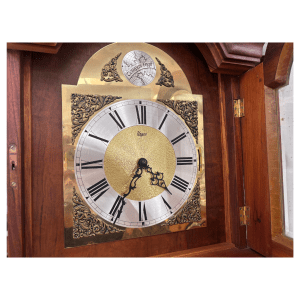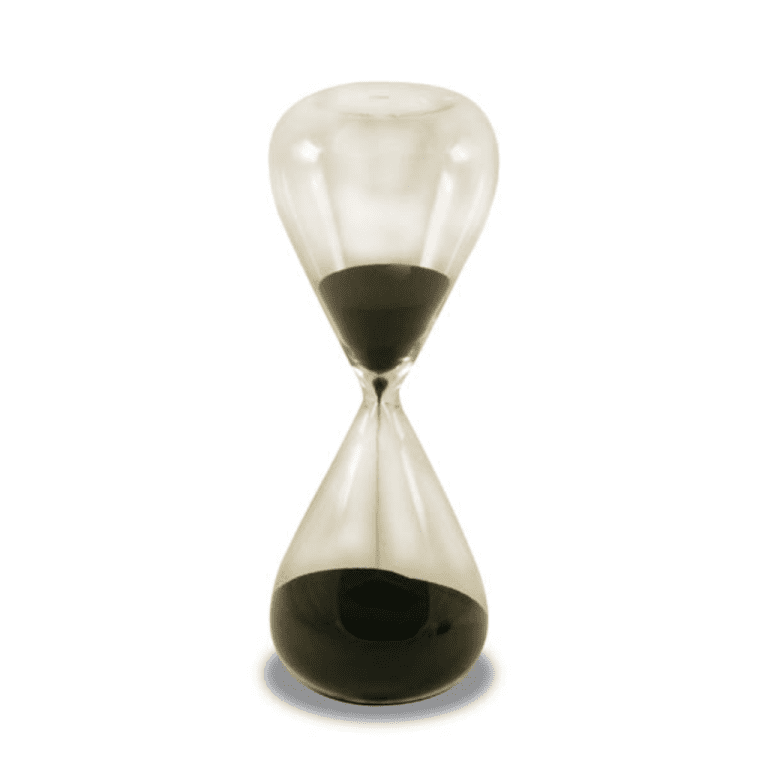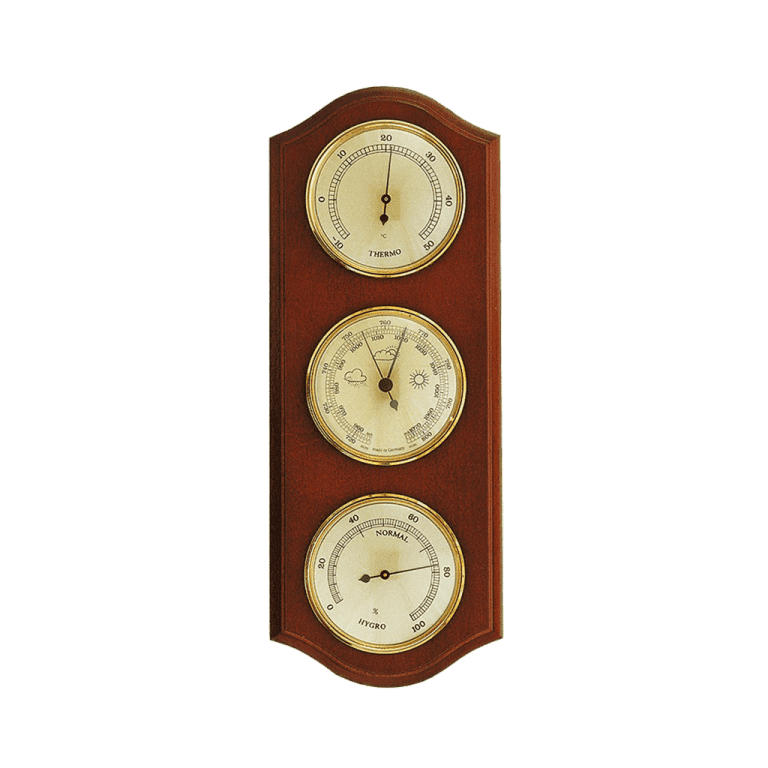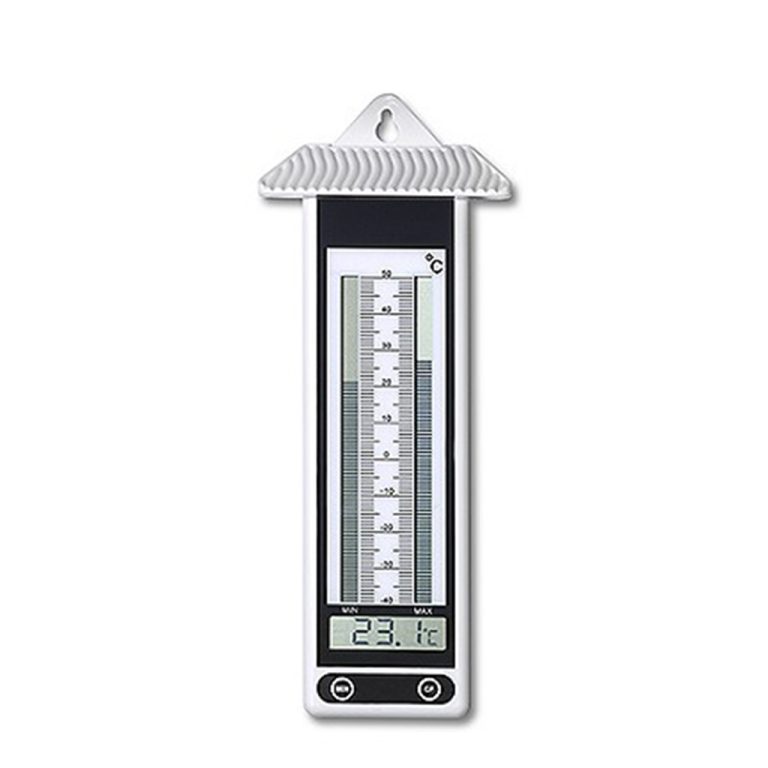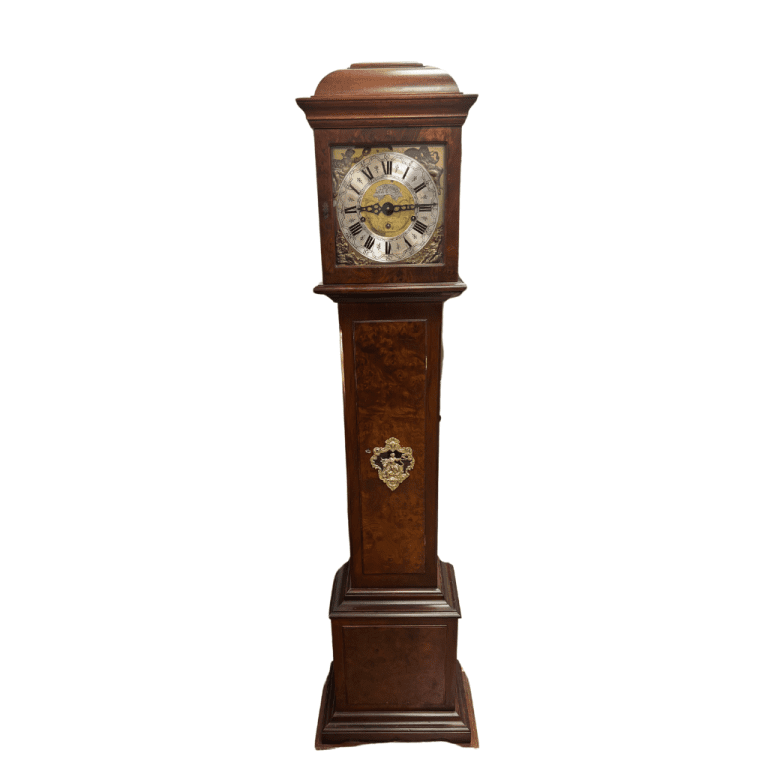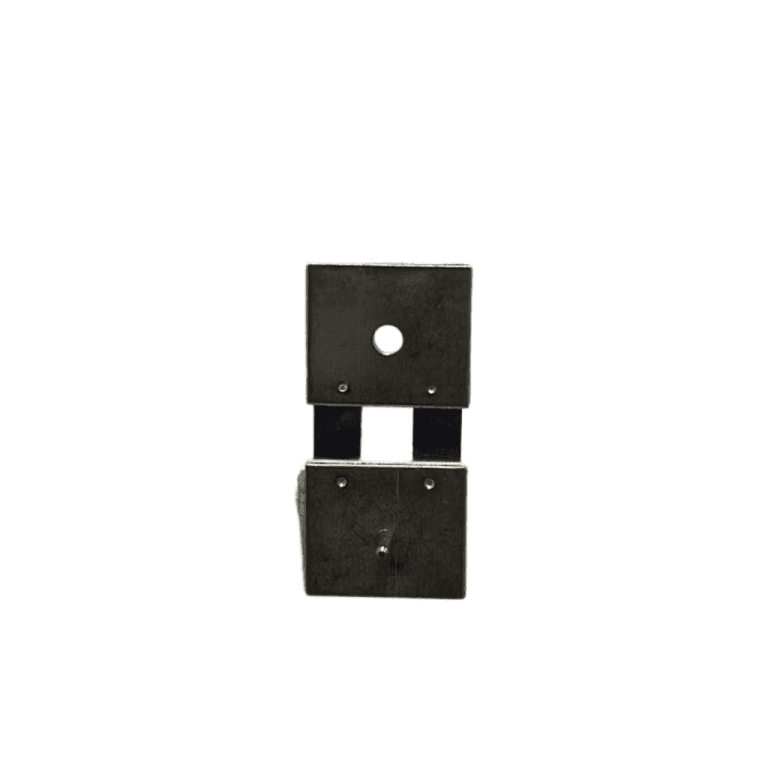Before wristwatches, there were pocket watches, and while pocket watches have long been eclipsed in the market, and in the hearts of many collectors, by their wrist-worn brethren, they never went away entirely. In the 21st century, a pocket watch is a rarity that can represent many things: for a watch aficionado, it can be a proudly retrograde style statement to complement a boldly chosen ensemble, or a Holy Grail piece to proudly display at the center of a collection of wristwatches. For a watchmaker, the pocket watch’s larger dimensions can provide a playground for the most ambitious high-horological inventions and decorative artistry.
As I explore in more detail in this article, the historical figure most often credited as the inventor of the pocket watch is German clockmaker and locksmith Peter Henlein (1485-1542), who cobbled together the first so-called “clock-watches,” i.e., compact timekeepers designed to be worn on a person’s body, in his shop in Nuremberg in 1510. Essentially drum-shaped, ornamental brass boxes, with primitive, single-handed movements made of iron or steel inside, and suspended on chains draped around one’s neck, these devices were more regarded as ornamental jewelry than reliable timepieces. The drum-shaped cases eventually gave way to more smoothly rounded oval shaped ones, aka the so-called “Nuremberg eggs,” which were also worn as pendants. King Charles II of England ushered in the next major step in the evolution of watches with his introduction of the waistcoat as a fashion staple for gentlemen. Timepieces henceforth needed to be rounder and flatter in order to be stashed in the pockets of these garments, and eventually mounted on short chains or leather fobs (a word derived from the German “fuppe,” for “pocket”) rather than necklaces. This new style of portable timekeeper, outfitted with a movement that was wound and set by a key through an arbor in the caseback, proved to be both stylish and practical: tucking a watch into a pocket until one needed to check the time kept it safer from the elements than wearing it in the open.
The pocket watch, as it came to be called, became widely popular in the 18th century, eventually also becoming an expression of watchmakers’ technical mastery and artisanal expertise. These pieces accordingly became luxury items and status symbols for those that could afford them: lavish engravings and gem-settings began appearing on cases, and movements evolved in complexity and complications, with the primitive verge escapement giving way to the more advanced cylinder escapement and, ultimately, the modern lever escapement. By the 1800s, advances in manufacturing, particularly in the standardization of watch parts, finally brought pocket watches that were more accessible to the general public. After waistcoats faded as a popular garment, men wore their pocket watches with the chains attached to lapels and belt loops. Adrien Philippe’s invention of the stem-winding, stem-setting movement in 1842 (which Patek Philippe, the company he co-founded, first commercialized in the 1850s) marked the end of the old key-winding system. The demand for practical timepieces for English fox hunters, who needed a watch that enabled them to check the time in one hand while holding the reins of a horse with the other, led to the development of the hunter case, a pocket watch with a spring-hinged lid over the dial and crystal. These hunter-case watches, or “Savonnettes” (so named because when the case cover was closed, the watches resembled a bar of soap), joined the existing open-faced “Lépine” pocket watches as popular options.
Shortly after World War I, wristwatches, originally of the type worn by soldiers in the trenches due to their utilitarian practicality, began to supplant pocket watches as the go-to timepiece for men (as well as for ladies, who’d already been wearing them for decades). By the mid-20th century, pocket watches had all but disappeared from the scene, though for a while they continued to be common in time-sensitive industries like railroading, in which train conductors used precisely regulated, chronometer-quality pocket watches (like the one above) to keep track of schedules. Pocket watches had a brief resurgence in the 1970s and ‘80s in the U.S.A, when three-piece suits — i.e., suits with vests ideal for storing watches on a chain or fob — returned to prominence. As a remnant of the Victorian era, the pocket watch has also been adopted by adherents of Steampunk subculture, based around a retro-futuristic style of sci-fi that embraces elements of that 19th-century Industrial Age. In summation, pocket watches continue to occupy a decidedly small niche in a wristwatch-dominated culture, but when they do make an appearance, it’s very often an indication of something special: a historical milestone being celebrated or a breakthrough horological accomplishment being showcased, for example.
Credited to: https://teddybaldassarre.com/



